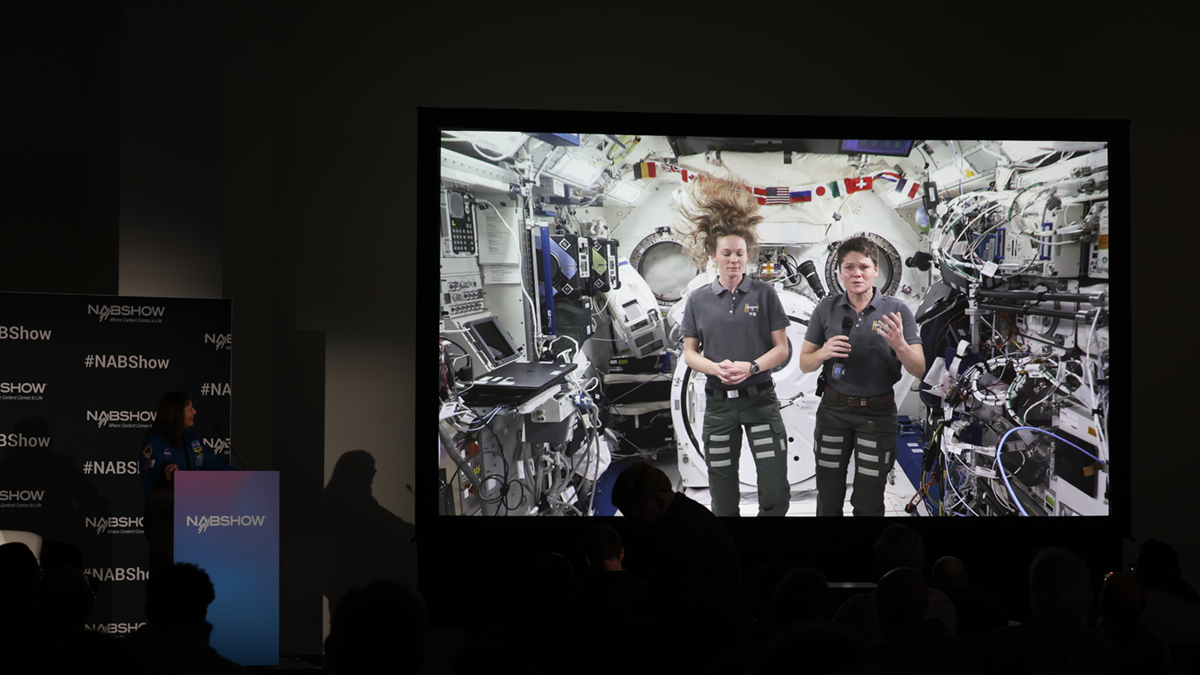ATSC Approves Recommended Practice for ATSC DTV Receiver Design
In my upcoming July RF Technology column, I report on Andy Bater's NAB paper on work by the Advanced Television Systems Committee, Inc. (ATSC) to develop voluntary guidelines for ATSC DTV receiver performance. Last week ATSC approved ATSC Recommended Practice: Receive Performance Guidelines (Document A74). The Recommended Practice sets guidelines for the front-end DTV receiver performance required to assure reliable DTV reception. To the credit of the ATSC subcommittee that developed the Recommended Practice, the guidelines reflect the requirements for today's RF environment, even though many existing DTV receivers will not comply with the guidelines, especially the ones for the interference rejection. Recognizing that the interference environment today is a result of allocations based on the FCC planning factors, ATSC used them as a starting point for its guidelines. Guidelines for receiver sensitivity and multipath handling were based on experience from field tests conducted by ATTC, MSTV, NAB and receiver manufacturers.
The Recommend Practice recognized that DTV receivers will often have to deal with many strong signals, stating, "For purposes of this guideline it should be assumed that multiple signals, each approaching -8 dBm, will exist at the input of the receiver. Such signals may be derived from either a high gain antenna used in a close-in reception environment or via a mast mount amplifier/antenna combination, as utilized in a more distant environment."
Unlike FCC Bulletin OET-69 interference ratios, the tables in the Recommended Practice outline desired to undesired (D/U) ratios for adjacent channel and taboo channel interference for weak desired signal (-68 dBm), moderate desired signal (-53 dBm) and strong desired signal (-28 dBm) conditions. For NTSC interference into an adjacent channel DTV, the D/U ratios are -40 dB, -35 dB and -26 dB for weak, moderate and strong desired signals respectively. For DTV interference into adjacent channel DTV, the D/U ratios are -33 dB, -33 dB and -20 dB for weak, moderate and strong desired signal levels. Note that NTSC powers are peak and DTV powers are average.
The multipath handling guidelines are too complex to detail here. They are based on various echo ensembles representing different real-world situations. Regarding typical echo range, the guideline says "The typical channel impulse response for a signal from a single DTV transmitter ranges from -10 µs (pre-echo) to +40 µs (post-echo). This range is not to be taken as absolute but rather as what has commonly been observed in the field and what the experts preparing this Recommended Practice recommend as the minimum echo range that should be compensated by the receiver." The burst noise performance guideline states, "The receiver should tolerate a noise burst of at least 165 µs duration at a 10 Hz repetition rate without visible errors. The noise burst should be generated by gating a white noise source with average power -5 dB, measured in the 6 MHz channel under test, referenced to the average power of the DTV signal."
In addition to the standard for DTV receiver front-end performance, the Recommend Practice recommends receiver manufacturers consider including the CEA-909 interface to allow for the use of receiver-controlled antennas. It also has guidelines for the consumer interface, specifically a received signal quality indicator that takes into account the effects of multipath and interference impairments as well as whether the signal strength is too low or too high. It recommends manufacturers consider including two applications of indicator displays -- setup displays and operational displays. "Each application should provide some manner of signal level indication as well as indications of the effects of multipath and interference impairments. Setup displays should be persistent to facilitate the installer's achieving proper system alignment. Operational displays may be transient or under user control if desired. User options should be provided in both categories."
For additional information, see the ATSC Recommended Practice: Receive Performance Guidelines (Document A74) and the associated Excel spreadsheet of capture data. All ATSC standards can be downloaded from the ATSC Standards web page. Note the links at the top for Candidate Standards, Recommended Practices, Technology Group Reports, Implementation Subcommittee Findings, and Guide to DTV Standards.
Get the TV Tech Newsletter
The professional video industry's #1 source for news, trends and product and tech information. Sign up below.
